European Space Agency releases stunning photographs of Earth and space in 2015
The European Space Agency (ESA) has brought the year to a close by releasing its favourite images from 2015. The photographs cover a wide array of subjects, from the ground and from above.
This year has been a strong one in the field of space exploration, what with Tim Peake taking to the International Space Station (ISS) and the historic flyby of Pluto from the New Horizons mission, among many other highlights.
The ESA gives a different perspective on the beauty of the universe and our own planet.
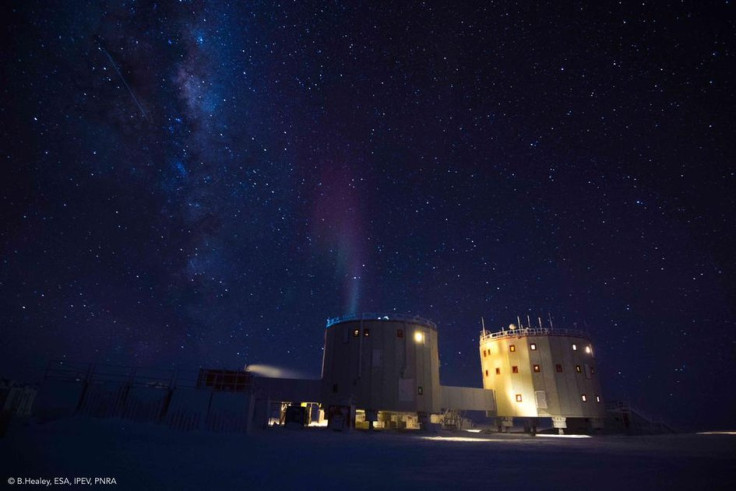
"We enjoyed a small aurora over the base this evening", wrote ESA sponsored medical doctor Beth Healey on Twitter, who is spending nine months in Concordia in Antarctica. Healey is situated at the base to run experiments for future ESA missions.
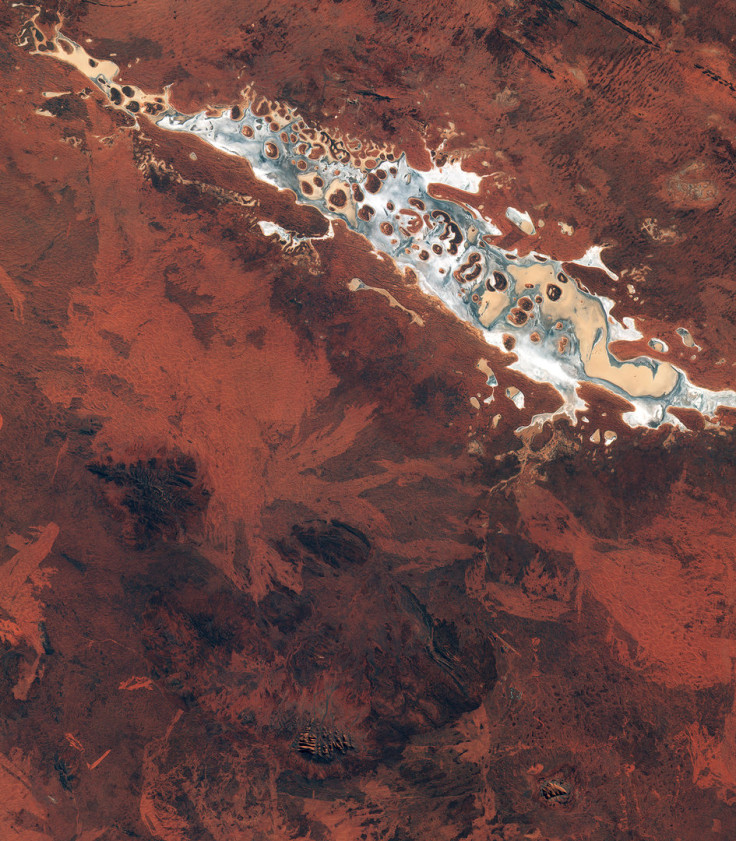
This image of Lake Armadeus in Australia's Northern Territory was captured by Sentinel-2A in July. To give some perspective on scale, the lake measures around 180km in length and 10km wide. Also visible in the photograph is the lower part of the Petermann Ranges – mountains which stretch 320km across Western Australia and the Northern Territory.
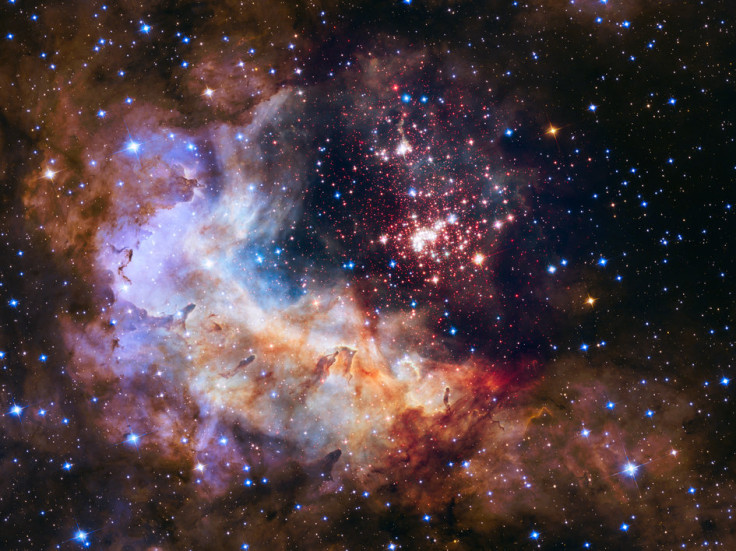
This image of young stars bursting into life in the star cluster known as Westerlund 2 was released to celebrate the 25th anniversary of the Hubble Space Telescope – a joint venture from Nasa and the ESA. The cluster is some 20,000 light-years from us. The red in the image represents hydrogen, while the bluish-green hues are a mixture of hydrogen and oxygen.
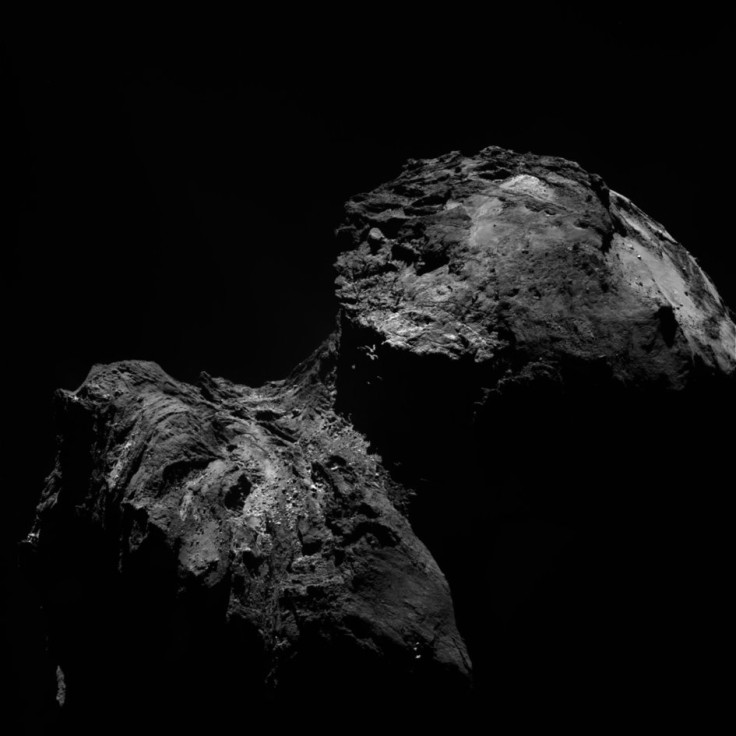
Comet 67P was photographed when Rosetta was 103.3km from it. The ESA's Rosetta spacecraft successfully landed on Comet 67P in 2014 in what was a ground-breaking step in the world of physics. The mission was named as the number one highlight of 2014 by Physics World. The achievement, on 12 November, was the culmination of a decade's work. The lander was released from Rosetta and made a descent over several hours to the speeding comet. Scientists confirmed a successful mission at 15.35 GMT.
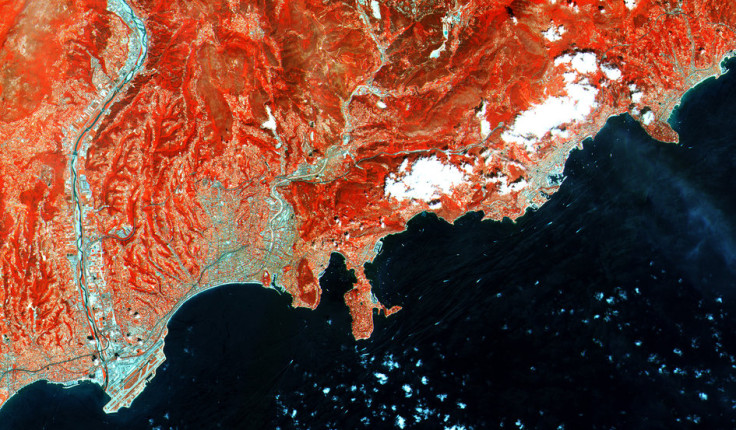
Four days after its launch, the Sentinel-2A satellite captured this stunning image of the French Riviera in false colour. Along the coast, Nice's airport is visible in the lower left, all the way through to Menton on the upper right.

Another false-colour images, but this one from the Sentinel-1A satellite. The subject in this photograph is a crater in Quebec which was formed following an asteroid strike around 214 million years ago, known as the Manicouagan Crater. "The blue tones represent bodies of ice and some water, the yellow and orange tones denote ageing vegetation of different types, mixed with patches of snow and ice," said the ESA.
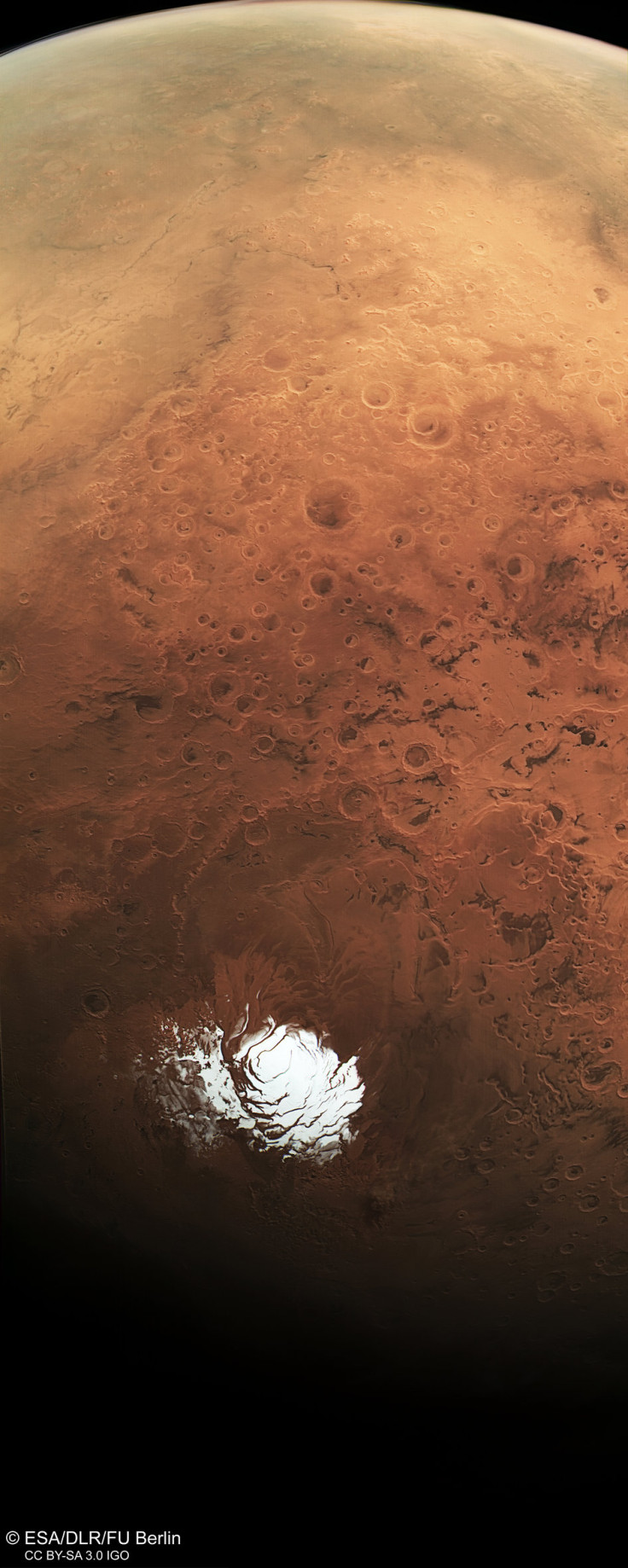
This image was taken by ESA's Mars Express on 25 February and shows the Red Planet's south polar ice cap and beyond. "It is a 'broom calibration' image, acquired while the spacecraft performed a manoeuvre such that its camera pans over the surface far above the planet, at about 9,900 km," says ESA.
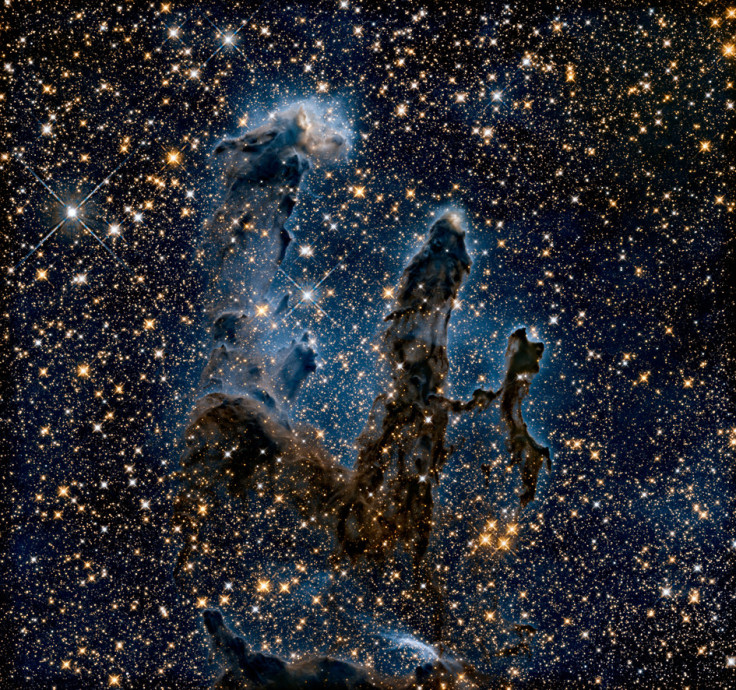
Another stunning image from the The Nasa/ESA Hubble Space Telescope. The iconic photograph is of the Eagle Nebula's Pillars of Creation as seen through infra-red light. Using infra-red, the telescope was able to see through the dust and gas that would have otherwise obscured the spectacular view.

"A short-lived outburst from Comet 67P/Churyumov–Gerasimenko was captured by Rosetta's OSIRIS narrow-angle camera," wrote the ESA. The image was photographed 186km away from the comet, while it was travelling at 10m/s.

This is the ESA's deep-space tracking station at New Norcia, Australia, against the backdrop of a starlit sky. It is part of the Agency's Estrack ground station network, which is a global system of ground stations providing links between satellites in orbit and the European Space Operations Centre, Darmstadt, Germany. This dish is 35m in diameter.
© Copyright IBTimes 2025. All rights reserved.






















